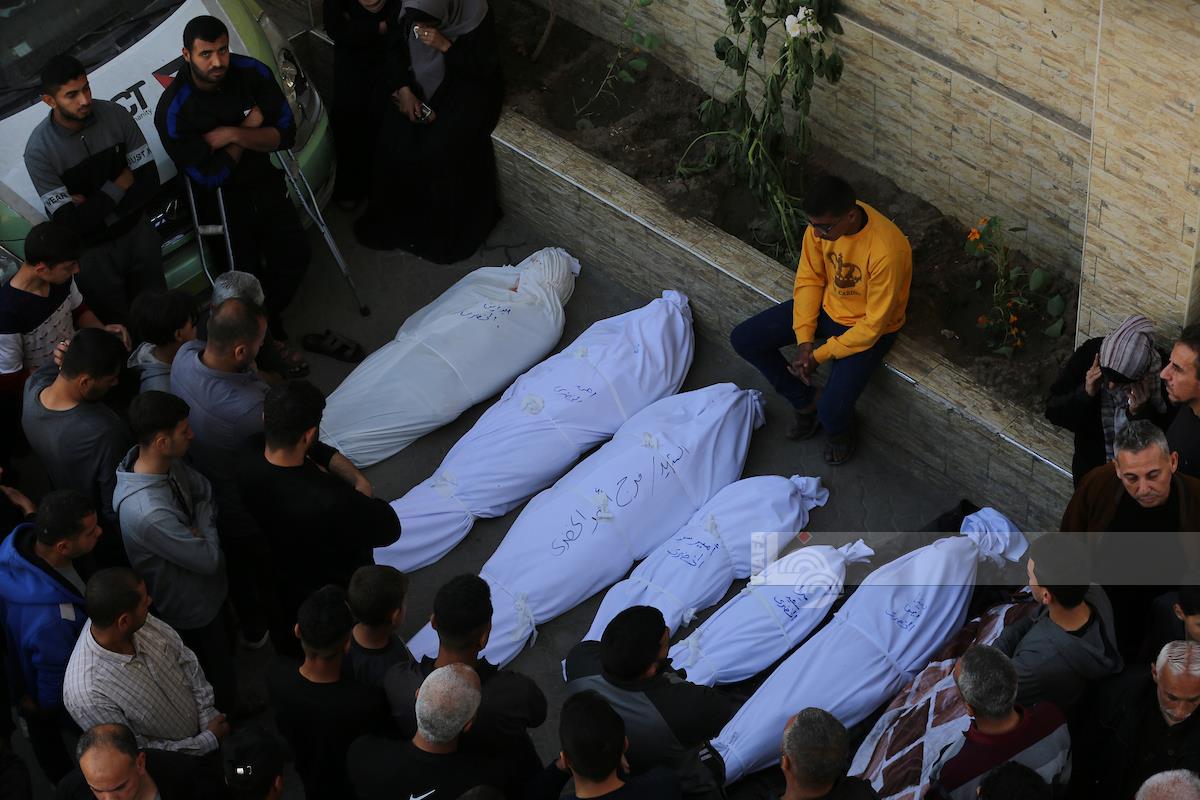RAMALLAH, October 1, 2017 (WAFA) - The Palestinian society is considered a young society; where the percentage of children is high and the percentage of the elderly is relatively low, Sunday said a press release issued by the Palestinian Central Bureau of Statistics (PCBS).
By mid-year 2017, the percentage of the elderly aged 60 and over reached 4.6% of the population in Palestine (5.1% in West Bank and 3.9% in Gaza Strip), said a release issued on the occasion of the International Day of Older Persons, Marked on 1st of October each year.
Even though, the percentage of the elderly will be increasing during the coming years in Palestine; their percentage will stay relatively low and will not be exceeding 4.6% during the current decade. The elderly percentage may start increasing after year 2020.
Palestine has been witnessing an improvement in life expectancy since the beginning of the last two decades, said the release.
Life expectancy has increased about 5-8 years during the last two decades.
In particular, life expectancy increased for both males and females from 67.0 years in 1992 to 72.3 years for males and 75.4 years for females by the midst of 2017.
Life expectancy is expected to increase during the coming years to reach 72.8 years for males and 75.7 years for females in 2020.
The increase of life expectancy rate at birth resulted in an increase in the elderly number in Palestine which requires studying and researching the elderly situation in Palestine, added PCBs.
PCBS recorded an increase in the Females percentage against Males percentage; the percentage of males aged 60 and over in Palestine reached 4.2% in 2017 against 5.1% for females with sex ratio 86.0 males against 100 females.
It said that one out of six households is headed by an elderly person; 17.2% of households headed by an elderly person according to labour force survey 2nd quarter 2017 reached in Palestine (18.5% in West Bank and 14.9% in Gaza Strip).
The data indicates that the average size of the households headed by an elderly person is relatively small and reached 3.3 individuals (3.0 in West Bank and 4.0 in Gaza Strip), against 5.9 for the households that are not headed by an elderly person.
It said that about half of the elderly females are widows; 91.9% of the elderly males in Palestine are married against 46.5% of the elderly females.
The percentage of the elderly widowed males reached 7.4% against 44.4% for females in the 2nd quarter of the year 2017.
The release said that about half of the working elderly are self-employed; the percentage of the elderly aged 60 and over participating in the labor force reached about 12.1% of the total elderly in Palestine during 2nd quarter of 2017, (15.3% in West Bank and 5.6% in Gaza Strip).
The unemployment rate of the elderly in Palestine reached 11.6% (7.1% in West Bank and 36.5% in Gaza Strip).
Data also indicates that 51.5% of the working elderly are self-employed; while 33.1% are paid employees, 10.6% are employers against 4.8% are unpaid family workers.
Regarding illiteracy rate among the elderly; data indicates that there is a high percentage of illiterate elderly in 2016, the percentage of illiteracy for elderly is 25.5% of the total elderly persons. They represent about 62.0% of the illiterate persons in Palestine.
The percentage of the elderly who have not completed any educational stage reached 46.5% (28.4% males and 61.8% females).
The percentage of the elderly who obtained diploma and higher is 11.2% in Palestine.
Data on illiteracy in 2016 indicates that there is an obvious difference between males and females in educational attainment where the percentage of the elderly males who had obtained a diploma and higher reached 18.0% against 5.5% for elderly females.
Needless to note that the illiteracy percentage of individuals aged 15 and over does not exceed 3.1% (1.4% males against 4.8% females), said the release.
The percentage of individuals aged 15 and over who obtained diploma and higher reached 18.8% of the total population that aged 15 and over in Palestine (18.2% males and 19.2% females).
T.R.










